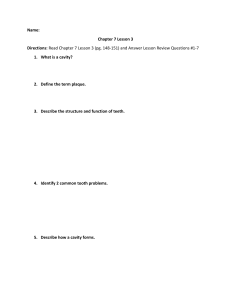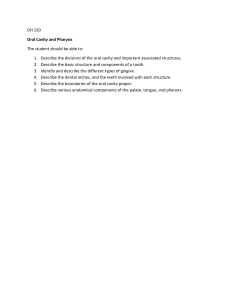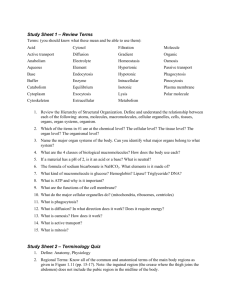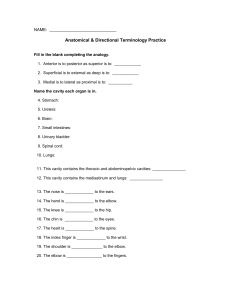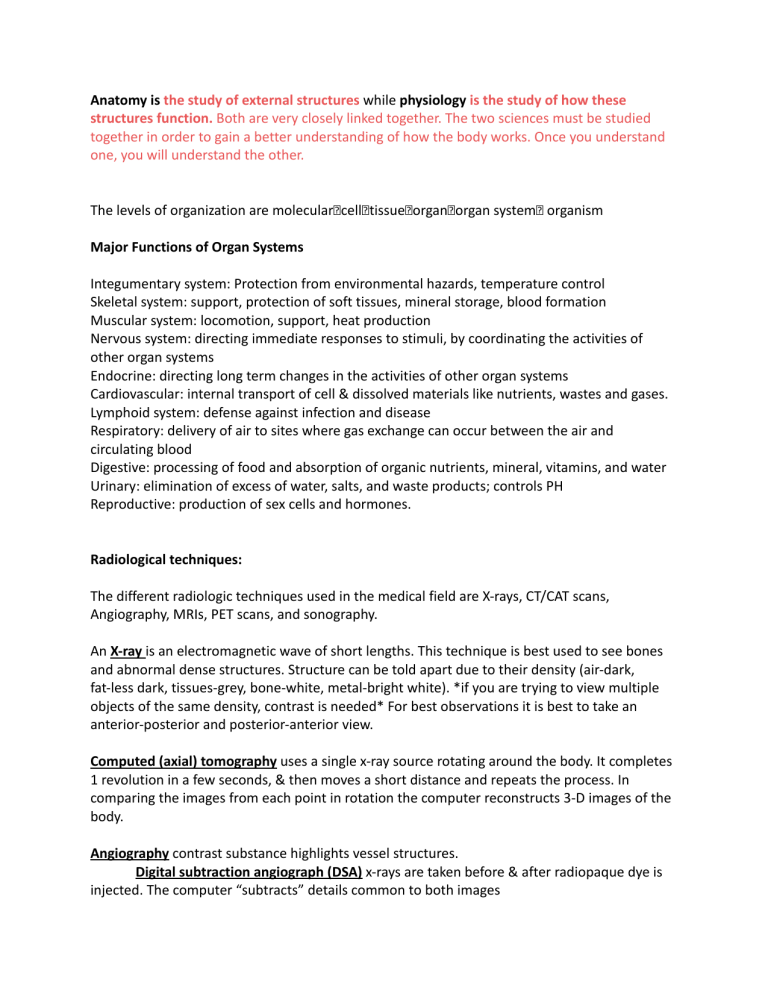
Anatomy is the study of external structures while physiology is the study of how these structures function. Both are very closely linked together. The two sciences must be studied together in order to gain a better understanding of how the body works. Once you understand one, you will understand the other. The levels of organization are molecular🡪cell🡪tissue🡪organ🡪organ system🡪 organism Major Functions of Organ Systems Integumentary system: Protection from environmental hazards, temperature control Skeletal system: support, protection of soft tissues, mineral storage, blood formation Muscular system: locomotion, support, heat production Nervous system: directing immediate responses to stimuli, by coordinating the activities of other organ systems Endocrine: directing long term changes in the activities of other organ systems Cardiovascular: internal transport of cell & dissolved materials like nutrients, wastes and gases. Lymphoid system: defense against infection and disease Respiratory: delivery of air to sites where gas exchange can occur between the air and circulating blood Digestive: processing of food and absorption of organic nutrients, mineral, vitamins, and water Urinary: elimination of excess of water, salts, and waste products; controls PH Reproductive: production of sex cells and hormones. Radiological techniques: The different radiologic techniques used in the medical field are X-rays, CT/CAT scans, Angiography, MRIs, PET scans, and sonography. An X-ray is an electromagnetic wave of short lengths. This technique is best used to see bones and abnormal dense structures. Structure can be told apart due to their density (air-dark, fat-less dark, tissues-grey, bone-white, metal-bright white). *if you are trying to view multiple objects of the same density, contrast is needed* For best observations it is best to take an anterior-posterior and posterior-anterior view. Computed (axial) tomography uses a single x-ray source rotating around the body. It completes 1 revolution in a few seconds, & then moves a short distance and repeats the process. In comparing the images from each point in rotation the computer reconstructs 3-D images of the body. Angiography contrast substance highlights vessel structures. Digital subtraction angiograph (DSA) x-rays are taken before & after radiopaque dye is injected. The computer “subtracts” details common to both images Magnetic resonance imaging (MRI) produces high contrast images of soft tissues. It distinguishes tissues based on relative water content. Hydrogen atoms in our body act as a magnet, aligning with a strong magnetic field. A pulse then disperses the atoms, which realign creating an image detected by MRI computers. Positron emission tomography (PET) forms images by detecting radioactive isotopes (H2O or sugar) injected into the body. These molecules will identify regions with high metabolic activity. Sonography (ultrasound imaging) body is probed with pulses of high-frequency sound waves that echo off the body’s tissues. Sound can be transmitted or reflected. Fluid=dark=sound goes through Soft tissue=gray=sound can be transmitted or reflected Bone=bright=sound is always reflected Anatomical position in this position the person stands with the legs together & the feet flat on the floor. Hands at the sides, palms facing forward. A person laying down in the anatomical position is said to be supine when lying face up. When lying face down, the person is prone. The abdominopelvic surface is divided into four segments (abdominopelvic quadrants), right lower quadrant (RLQ), left lower quadrant (LLQ), right upper quadrant (RUP), left upper quadrant (LUQ), or nine regions (abdominopelvic regions) right & left hypochondriac region, epigastric regions, right & left lumbar region, umbilical region, right & left inguinal region and hypogastric region. RUQ: most of liver, gallbladder LUQ: most of stomach, spleen RLQ: cecum, appendix, right ureter, right ovary, right spermatic cord LLQ: left ureter, left ovary, left spermatic cord Epigastric: left lobe of liver Right hypochondriac: right lobe of liver, liver fundus Left hypochondriac: stomach fundus, spleen Umbilical: small intestine, transverse colon Right lumbar: ascending colon Left lumbar: descending colon Hypogastric: urinary bladder, appendix, major portion of small intestine Right inguinal: cecum, appendix Left inguinal: sigmoid colon Common directional terms Anterior: nearer to the front of the body Posterior: nearer to the back of the body Superior: toward the head Inferior: away from the head Proximal: nearer to the attachment of a limb to the trunk Distal: farther from the attachment of a limb to the trunk Lateral: farther from the midline Medial: nearer to the midline SECTIONAL ANATOMY sagittal cut: separating right and left midsagittal: separating right and left equally parasagittal: separating left and right unequally transverse cut: separating superior and inferior frontal(coronal) cut: separating anterior posterior oblique cut: separating the tissue at an angle BODY CAVITIES Body cavities protect delicate organs and permit changes in size and shape of visceral organs. In order to be a true cavity there must be TWO membranes. ● Posterior Cavity o Cranial cavity: brain o Spinal cavity: spinal cord ● Anterior cavity o Thoracic cavity ▪ Pleural cavity: lungs ▪ Pericardial cavity: heart ▪ Mediastinal cavity: space btw apex of the lungs. Contains pericardial cavity. o Abdominal cavity ▪ Peritoneal cavity: stomach, intestines, spleen, liver) ▪ Retroperitoneal cavity: kidneys o Pelvic cavity ▪ Urinary bladder
